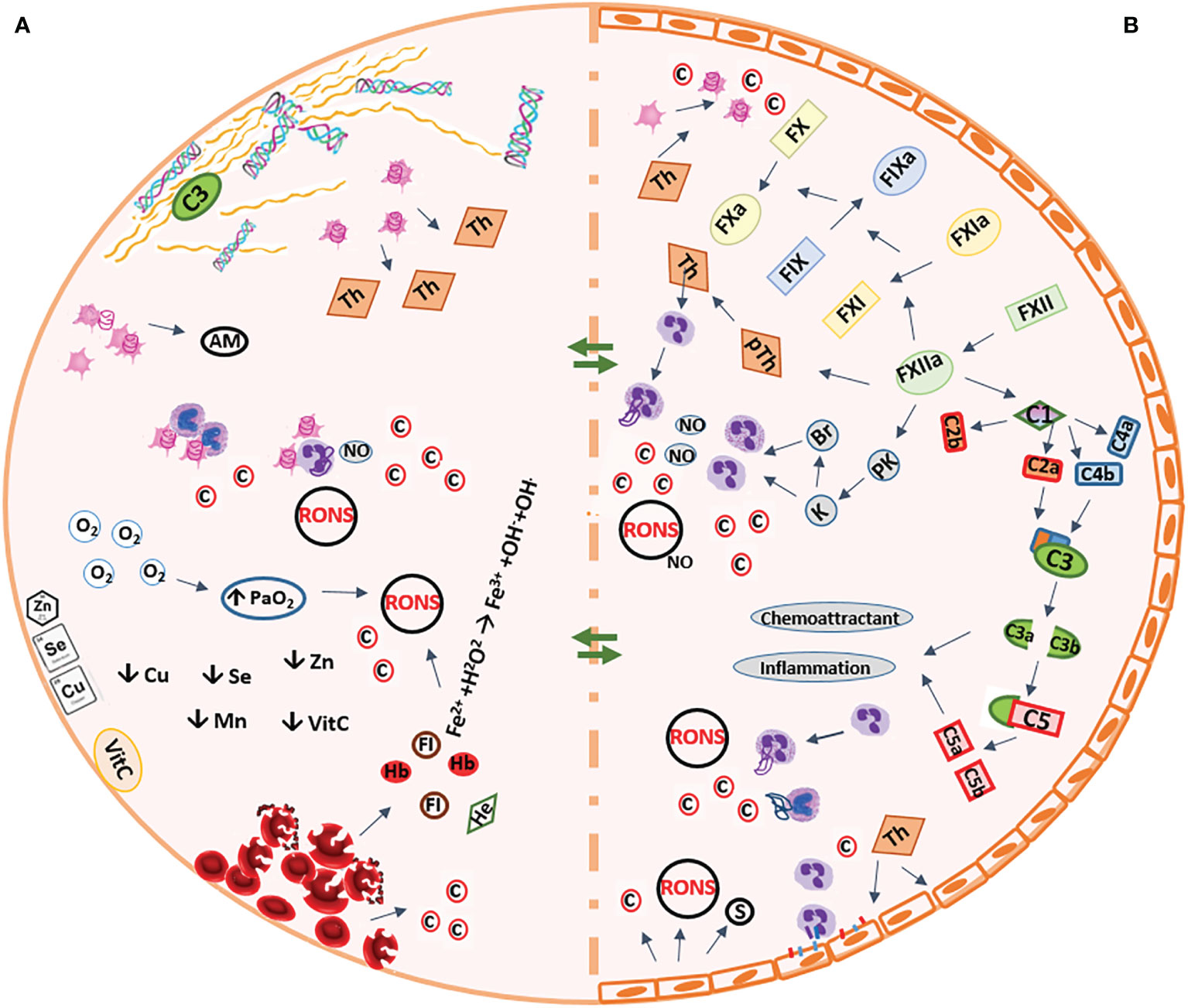
The 725 is the pressure of an oxygen/water mixture and we want ONLY the oxygen (which is the 699.8 value). The correct pressure to use for P 1 is the 699.8 value, not the 725 value. I looked up the value associated with 26.0 ☌ and converted it from kPa to mmHg following the instructions given.Ģ) Here are the values in a solution matrix:Ī common student error is to use Dalton's Law, but then use the total pressure value in the combined gas law instead of using the correct value. What is the volume of dry oxygen at 52.0 ☌ and 800.0 mm pressure?ġ) Use Dalton's Law to remove the pressure of the water vapor: Problem #3: 690.0 mL of oxygen are collected over water at 26.0 ☌ and a total pressure of 725.0 mm of mercury. Note that I paid scant attention to setting up the problem with correct sig figs in the problem. I used 700/760 to convert from mmHg to atm. Note that the problem provides different pressure units for the starting and ending values. Note the use of square brackets to communicate the correct order of operations. What is the volume of the gas?ġ) The combined gas law is rearranged to isolate V 2:Ģ) Values are inserted into the proper places: When the tank cools to 20.0 ☌, the pressure of the gas is 30.0 atm.

The gas is placed into a tank under high pressure. Problem #2: 500.0 liters of a gas in a flexible-walled container are prepared at 700.0 mmHg and 200.0 ☌. What would the volume of the gas be at 227.0 ☌ and 600.0 torr of pressure?ġ) Set up all the problem values in a solution matrix:Ģ) The combined gas law is rearranged to isolate V 2:ģ) Values are inserted into the proper places: Problem #1: A gas has a volume of 800.0 mL at −23.0 ☌ and 300.0 torr. The vapor pressure of water varies with temperature and must be looked up in a reference source.

When you use the combined gas law paired with Dalton's Law, remember that a gas collected over water is always considered to be saturated with water vapor.

I will use 273 but be aware that your teacher (or computer lesson) may insist on using 273.15. I will not usually comment on the change from ☌ to K. The rearrangement looks like this:Ī reminder: all these problems use Kelvin for the temperature. The form of the Combined Gas Law most often used is this: ChemTeam: Combined Gas Law - Problems 1 - 15


 0 kommentar(er)
0 kommentar(er)
